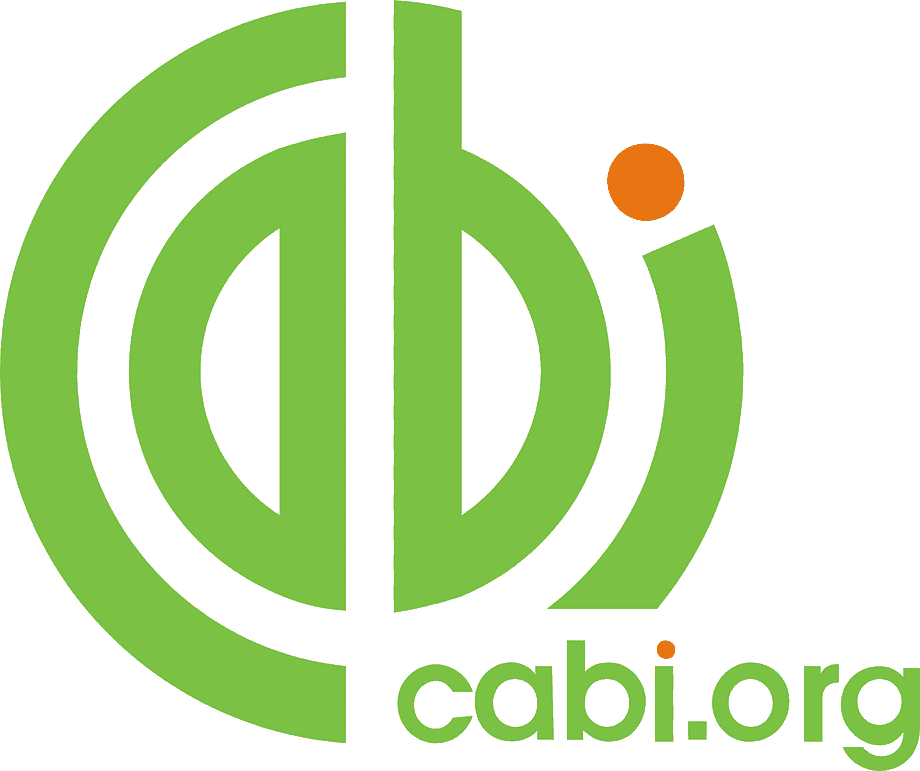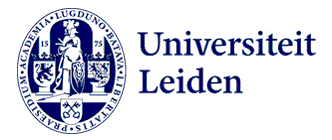Analisis pendapatan pengepul ayam kampung di Kecamatan Anjir Pasar Barito Kuala
Income analysis of local breed chicken collectors in Anjir Pasar Barito Kuala District
DOI:
https://doi.org/10.46549/jipvet.v14i2.419Keywords:
Collectors, Income analysis, Local breed chickenAbstract
Abstract
The aim of this study was to analyze the income of local breed chicken collectors at Anjir Market in Anjir Pasar District, Barito Kuala Regency, South Kalimantan Province. Respondents in this study were 8 local breed chicken collectors located at Anjir Market in Anjir Pasar District, Barito Kuala Regency, totaling 8 people where the determination was determined purposively, namely all local breed chicken collectors. The data collected in this study are primary data and secondary data. Primary data was obtained through interviews with collectors using a questionnaire while secondary data was obtained from related parties. The data obtained from the survey was tabulated and then the income of native chicken seller and the R/C ratio were calculated. The results showed that there were 2 marketing channels for local breed chicken collectors, namely: Collectors to onsumers and collectors to Big Collector to consumer. The highest income of local breed chicken seller is IDR 2,574,000 per month and the lowest is IDR 699,000 per month with an average of IDR 1,361,500 per seller per month with the highest R/C value of 1.20 and the lowest 1.09 with an average of 1.14. The overall R/C is greater than 1, so selling local breed chicken is profitable.
Keywords: Collectors; Income analysis; Local breed chicken
Abstrak
Penelitian bertujuan untuk menganalisis pendapatan pengepul ayam kampung yang ada di Pasar Anjir di Kecamatan Anjir Pasar, Kabupaten Barito Kuala, Provinsi Kalimantan Selatan. Responden dalam penelitian ini adalah pengepul ayam kampung yang berada Pasar Anjir di Kecamatan Anjir Pasar, Kabupaten Barito Kuala yang berjumlah 8 orang dimana penentuan ditentukan secara purposif yaitu seluruh pengepul ayam kampung. Data yang dikumpulkan dalam penelitian ini adalah data primer dan data sekunder. Data primer diperoleh melalui wawancara dengan pengepul menggunakan kuisioner sedangkan data sekunder diperoleh dari pihak – pihak terkait. Data yang diperoleh dari survei ditabulasi kemudian dihitung pendapatan pedagang ayam kampung dan R/C rasio. Hasil penelitian menunjukkan bahwa Saluran pemasaran pedagang pengepul ayam kampung ada 2 yaitu: Pengepul ke konsumen dan Pengepul ke Pengepul Besar ke konsumen. Pendapatan pedagang ayam kampung tertinggi Rp 2.574.000 per bulan dan terendah Rp 699.000 per bulan dengan rata-rata Rp 1.361.500 per pedagang per bulan dengan nilai R/C tertinggi 1,20 dan terendah 1,09 dengan rata-rata 1,14. R/C secara keseluruhan lebih besar dari 1, sehingga berdagang ayam kampung menguntungkan.
Kata kunci: Ayam kampung; Pendapatan; Pengepul ayam kampung
Downloads
References
Aman, Y. 2011. Ayam Kampung Unggul. Jakarta. Penerbit Penebar Swadaya.
Anjas, U. Sapta, A dan Solikin, N. 2023. Karakteristik saluran pemasaran ayam kampung di desa Gebang Bunder Kecamatan Plandaan Kabupaten Jombang. Prosiding Semnas Cendekia Peternakan 2, Kediri.
Dewanti, R. dan G. Sihombing. 2012. Analisis pendapatan usaha peternakan ayam buras (Studi Kasus di Kecamatan Tegalombo, Kabupaten Pacitan). Buletin Peternakan, 36(1); 48-56.
https://doi.org/10.21059/buletinpeternak.v36i1.1276
Istiyanti, Eni. 2010. Efisiensi pemasaran cabai merah keriting di Kecamatan Ngemplak Kabupaten Sleman. Mapeta, 12(2); 116-124.
Kim, H. R. 2015. Culture and tourismoriented local traditional market strategies in Korea. Proceedings of the First European Academic Research Conference on Global Business, Economics, Finance and Social Sciences (EAR15 Italy Conference). Milan-Italy, June 30-July 1-2, 2015.
Krista, B. 2010. Beternak dan Bisnis Ayam Kampung. Jakarta. Agromedia Pustaka.
Nasution, A. F., E. Dihansih, dan Anggraeni. 2016. Pengaruh substitusi pakan komersil dengan tepung ampas kelapa terhadap sifat fisik dan organoleptik daging ayam kampung. Jurnal Pertanian, 7(1); 14-22.
Pane, F. A. 2006. Komposisi Asam Amino Daging Ayam Kampung, Broiler dan Produk Olahannya. Skripsi. Program Studi Teknologi Hasil Ternak. Fakultas Peternakan. Bogor. Institut Pertanian Bogor.
Prahmadiyan, D. 1999. Analisis Pemasaran Ayam Buras di Kabupaten Ciamis (Studikasus di Kelompok Peternak Wangi Saluyu Desa Wangunjaya Kecamatan Cisaga). Skripsi. Bogor. Fakultas Peternakan. Institut Pertanian Bogor
Prasetyo, A. F dan Fatah, B. A. 2019. Analisis saluran pemasaran ayam buras di Kabupaten Banyuwangi. J. Ilmu Peternak Terap, 2(2); 57-62.
https://doi.org/10.25047/jipt.v2i2.1424
Rasyaf, M. 2005. Beternak Ayam Petelur. Jakarta. Penebar Swadaya.
Ratniati, N. K. 2007. Analisis Sistem Tataniaga Ternak Sapi Potong. PT. Great Giant Livestock Company Lampung Tengah. Skripsi. Fakultas Peternakan, Institut Pertanian Bogor.
Sani, A, L. O., Nuraini, La Ode Muh Munadi dan Githaria Lumanto. 2021. Analisis pendapatan dan prospek pemasaran pada wirausaha fried chicken di Kota Kendari. Jurnal Ilmu Peternakan dan Veteriner Tropis (Journal of Tropical Animal and Veterinary Science), 11(3); 315-320.
https://doi.org/10.46549/jipvet.v11i3.176
Soekartawi, 1995. Analisis Usahatani. Jakarta. UI-PRESS.
Survei Penduduk Antar Sensus (SUPAS), 2015. Berapa Jumlah Penduduk Usia Produktif Indonesia. Jakarta.
Sutriyono, dan J. Setianto, 2019. Pendapatan pedagang ayam kampung pada pasar tradisional di kota Bengkulu. Jurnal Sains Peternakan Indonesia, 14(4); 440-447.
https://doi.org/10.31186/jspi.id.14.4.440-447
Teti, S. 2002. Tinjauan Ternak Usaha Ayam Buras dalam upaya Pemberdayaan Ekonomi Masyarakat. Skripsi. Bogor. Institut Pertanian Bogor.
Triana, A., T. Salam, dan M. Muis. 2007. Analisis pendapatan usaha peternakan ayam ras petelur periode layer di Kecamatan Cenrana Kabupaten Maros. Jurnal Agrisistem, 3(1); 11-15.
Wahyu, S; Herawati, M dan Abdurahman, US. 2019. Pola saluran pemasaran ayam kampung konsumsi di Kecamatan Kalirejo Kabupaten Lampung Tengah. Jurnal Wahana Peternakan, 3(1); 34-41
https://doi.org/10.37090/jwputb.v3i1.111
Yuwanta, T. 2008. Dasar Ternak Unggas. Yogyakarta. Kanisius.
Downloads
Published
How to Cite
Issue
Section
License
Copyright (c) 2024 Sugiarti Sugiarti, Tintin Rostini, Siti Nurawaliyah

This work is licensed under a Creative Commons Attribution-NonCommercial-ShareAlike 4.0 International License.
License and Copyright Agreement
In submitting the manuscript to the journal, the authors certify that:
- They are authorized by their co-authors to enter into these arrangements.
- The work described has not been formally published before, except in the form of an abstract or as part of a published lecture, review, thesis, or overlay journal. Please also carefully read Jurnal Ilmu Peternakan dan Veteriner Tropis (Journal of Tropical Animal and Veterinary Science) Posting Your Article Policy at https://journal.fapetunipa.ac.id/index.php/JIPVET/publicationethics
- That it is not under consideration for publication elsewhere,
- That its publication has been approved by all the author(s) and by the responsible authorities “tacitly or explicitly“ of the institutes where the work has been carried out.
- They secure the right to reproduce any material that has already been published or copyrighted elsewhere.
- They agree to the following license and copyright agreement.
Copyright
Authors who publish with Jurnal Ilmu Peternakan dan Veteriner Tropis (Journal of Tropical Animal and Veterinary Science) agree to the following terms:
- Authors retain copyright and grant the journal right of first publication with the work simultaneously licensed under a Creative Commons Attribution License (CC BY-NC-SA 4.0) that allows others to share the work with an acknowledgment of the work's authorship and initial publication in this journal.
- Authors are able to enter into separate, additional contractual arrangements for the non-exclusive distribution of the journal's published version of the work (e.g., post it to an institutional repository or publish it in a book), with an acknowledgment of its initial publication in this journal.
- Authors are permitted and encouraged to post their work online (e.g., in institutional repositories or on their website) prior to and during the submission process, as it can lead to productive exchanges, as well as earlier and greater citation of published work.

This work is licensed under a Creative Commons Attribution-NonCommercial-ShareAlike 4.0 International License.





























.png)
